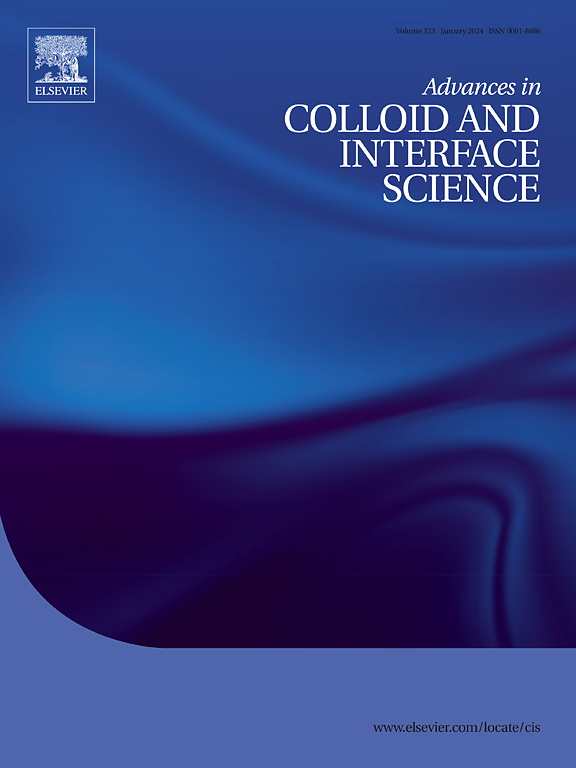纳米催化剂封装在金属有机框架:尺寸控制和积极影响
IF 19.3
1区 化学
Q1 CHEMISTRY, PHYSICAL
引用次数: 0
摘要
除了传统的多孔材料外,金属有机骨架(MOFs)由于具有高比表面积、多孔结构和多种有机连接体,在mfs的孔/腔/通道中制备封装纳米催化剂引起了人们的广泛关注。作为纳米催化剂包封的载体,mof可以提供均匀的分层孔隙和通道,加速反应物或产物的传质和迁移,以及各种金属氧簇和有机连接物,这些连接物可能与纳米催化剂发生强烈的相互作用。本文总结了纳米催化剂封装的最新进展,包括纳米催化剂、团簇、量子点和单原子催化剂。重点讨论了mof纳米催化剂的合成方法及其增强性能。然后,探讨了纳米催化剂在mof中包封的积极影响,包括可调的化学环境和包封效应。值得注意的是,通过调节纳米催化剂周围的化学环境以及活性纳米催化剂与金属节点或有机连接物之间的相互作用,可以大大提高催化活性和产物选择性。最后,提出了纳米催化剂在mof中应用的挑战和未来展望。本文综述为构建活性位点暴露量最大、在重要反应中具有优异活性的mof包封纳米催化剂提供了理论依据。本文章由计算机程序翻译,如有差异,请以英文原文为准。

Nanocatalysts encapsulated in metal-organic frameworks: Size control and positive influences
Beyond traditional porous materials, metal-organic frameworks (MOFs) have attracted considerable attention for fabricating encapsulated nanocatalysts in the pores/cavities/channels of MOFs due to the high surface area, porous structure, and a large variety of organic linkers. As the host for nanocatalyst encapsulation, MOFs can provide uniform hierarchical pores and channels that can accelerate the mass transfer and migration of reactants or products and various metal‑oxygen clusters and organic linkers, which may interact strongly with nanocatalysts. Herein, state-of-the-art advancements in the encapsulation of nanocatalysts, including catalyst nanoparticles, clusters, quantum dots, and single-atom catalysts, have been summarized. The synthetic methods for nanocatalysts in MOFs and the enhanced properties are especially discussed. Then, positive effects upon the encapsulation of nanocatalysts in MOFs, including tunable chemical environment and encapsulation effects have been explored. Notably, the catalytic activity and product selectivity can be much improved by regulating the chemical environment around nanocatalysts and the interaction between the active nanocatalysts and metal nodes or organic linkers. Finally, challenges and future perspectives in encapsulated nanocatalysts in MOFs are proposed. This review could shed light on the construction of stable nanocatalysts encapsulation in MOFs with maximum exposed active sites and excellent activity in significant reactions.
求助全文
通过发布文献求助,成功后即可免费获取论文全文。
去求助
来源期刊
CiteScore
28.50
自引率
2.60%
发文量
175
审稿时长
31 days
期刊介绍:
"Advances in Colloid and Interface Science" is an international journal that focuses on experimental and theoretical developments in interfacial and colloidal phenomena. The journal covers a wide range of disciplines including biology, chemistry, physics, and technology.
The journal accepts review articles on any topic within the scope of colloid and interface science. These articles should provide an in-depth analysis of the subject matter, offering a critical review of the current state of the field. The author's informed opinion on the topic should also be included. The manuscript should compare and contrast ideas found in the reviewed literature and address the limitations of these ideas.
Typically, the articles published in this journal are written by recognized experts in the field.

 求助内容:
求助内容: 应助结果提醒方式:
应助结果提醒方式:


